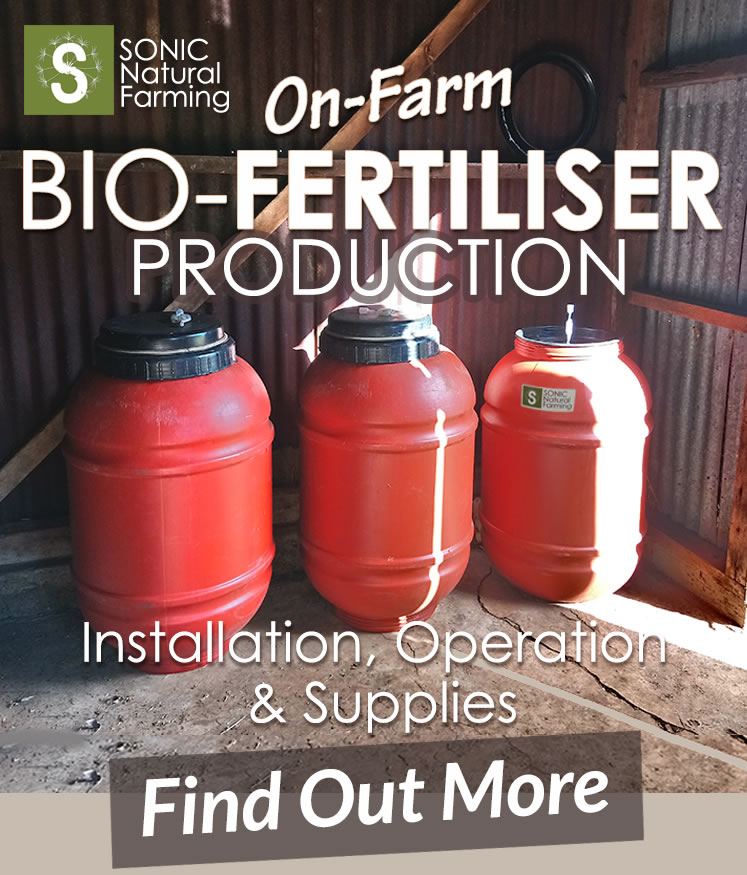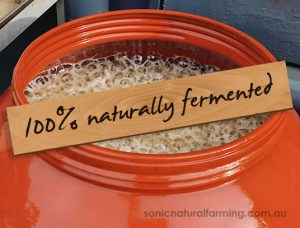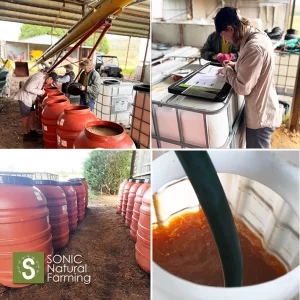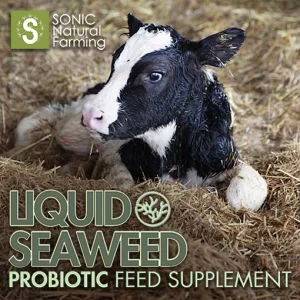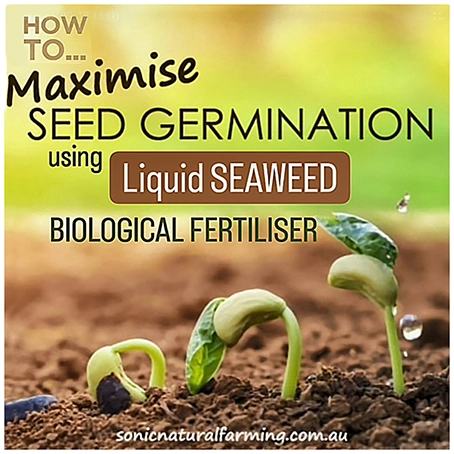Discover 5 benefits of interplanting small crops like leafy greens, herbs and vegetables in the same garden using open-pollinated seeds.
1. There is Always Something to Harvest
Embrace the power of interplanting small crops in your vegetable garden and unlock a world of abundance and sustainability. By interplanting different crops together, you ensure a continuous cycle of growth and harvest.
The beauty of interplanting lies in its ability to provide you with a constant supply of fresh produce, regardless of the season. Even during low growing periods, the inclusion of small crops like herbs can offer an array of benefits. Take parsley, for example – its low height makes it an ideal candidate for interplanting, ensuring that you always have something green to enhance your meals.
Not only does interplanting guarantee a bountiful harvest for personal consumption, but it also opens up opportunities to sell or share your surplus produce. Imagine the joy and fulfillment that comes from being able to provide nourishing food for yourself and others throughout the year.
Small Crops of Kale, Comfrey, Pumpkin and Amaranth. (Above image).
Simba Bush Beans with self germinated Tommy Toe Tomatoes plus Parsley, Marjoram and Thyme. (Top image).
2. Plant Diversity Creates a Natural Pest Deterant
Interplanting, the practice of planting different species together, can be a beneficial strategy for small crop farmers when it comes to confusing predator bugs. In traditional monoculture farming, where a single crop species is planted in large areas, bugs are more likely to congregate and attract their friends and relatives to join in on the feast.
However, interplanting disrupts this pattern by introducing diversity into the planting scheme. By mixing different plant species together, bugs are less likely to recognize and target an entire crop of a single plant species. This confusion prevents them from calling in reinforcements and reduces the risk of widespread damage.
For small crop farmers looking to protect their plants from pest infestations, interplanting with herbs can be particularly effective. Herbs have natural properties that repel or deter many common pests. By strategically placing herbs among vegetable crops, farmers can create a natural barrier that discourages pests from settling in one area.
Cucumber vines growing on Amaranth, living stakes. (Above image).
3. Plants go to Seed and Grow again by themselves.
The method of interplanting small mixed crops of vegetables and herbs, lends itself well to low labour replanting. If you use open pollinated seeds originally then what you have grown will probably grow again when the time is right.
Letting what you have grown go to flower, (if you want more of them) and drying the seeds on the plant after it’s fruited, will allow them to naturally fall into your garden and grow. It is a great way to re-plant and contain your own ‘seed bank’ in the soil. And the bees love the flowering stage!
4. Mature Plants provide Shelter for Seedlings
Whether you’re planting seedlings, or they have self-seeded, the beginning of their life can benefit from the natural shade cover provided by the surrounding plants. Established plant cover will also help to contain moisture in the soil for the new seedlings to grow.
Interplanting Parsley and Lettuce after flowering with the seeds drying and dropping in the garden. Lettuces that have self-seeded and are growing under the shady cover. (Above image).
5. Diversity and Successive Planting discourages Weeds
Weeds and grass are opportunitists and will move in and occupy bare ground. They work like a bandaid with a mission to heal the ground, because bare ground means less microbes or ‘life’ in the soil.
Keeping your garden full, interplanting vegetables and herbs, will eliminate space for weeds. And because existing plants will create shade on the ground, it means the weeds will also have a hard time getting established.
Interplanting, self-seeding, open pollinated plants in mixed crop gardens. (Above example video).
Interplanting, self-seeding, open pollinated plants in mixed crop gardens,
Furthermore, interplanting provides additional benefits beyond pest control. It makes gardening time efficient, cost effective and interesting, because you never know what is going to come up. It also promotes biodiversity by attracting beneficial insects that prey on pests or pollinate crops. It maximises space utilisation and improves soil health through complementary relationships between plant species and their roots.
In conclusion, interplanting different species is a valuable technique for small crop farmers to confuse predator bugs and minimise the risk of widespread pest damage. By incorporating herbs among vegetable crops, farmers can not only deter pests but also enhance biodiversity and optimise resource utilisation on their farms.
Happy Interplanting (:
SEAWEED FERTILISER FACT
Many seaweed fertiliser products today are manufactured using an extraction process. The extraction process generally uses an alkali extraction agent, such as potassium hydroxide. This process inevitably denatures a lot of the original compounds found in seaweed, which are known to have many beneficial uses for plants.
For example, seaweed has a compound called betaine osmoregulators. When applied to plants, in its original form, these osmoregulators make plants a lot more resilient to drought stress. It allows the plant cells to regulate water much better, and require less water, which enhances the plants’ tolerance to stress. Betaine osmoregulators are lost using an alkali extraction method.
Cold processing, or natural fermentation, retains all the original compounds of seaweed, in a bio-available state. Read about Biological Fermentation Here.







